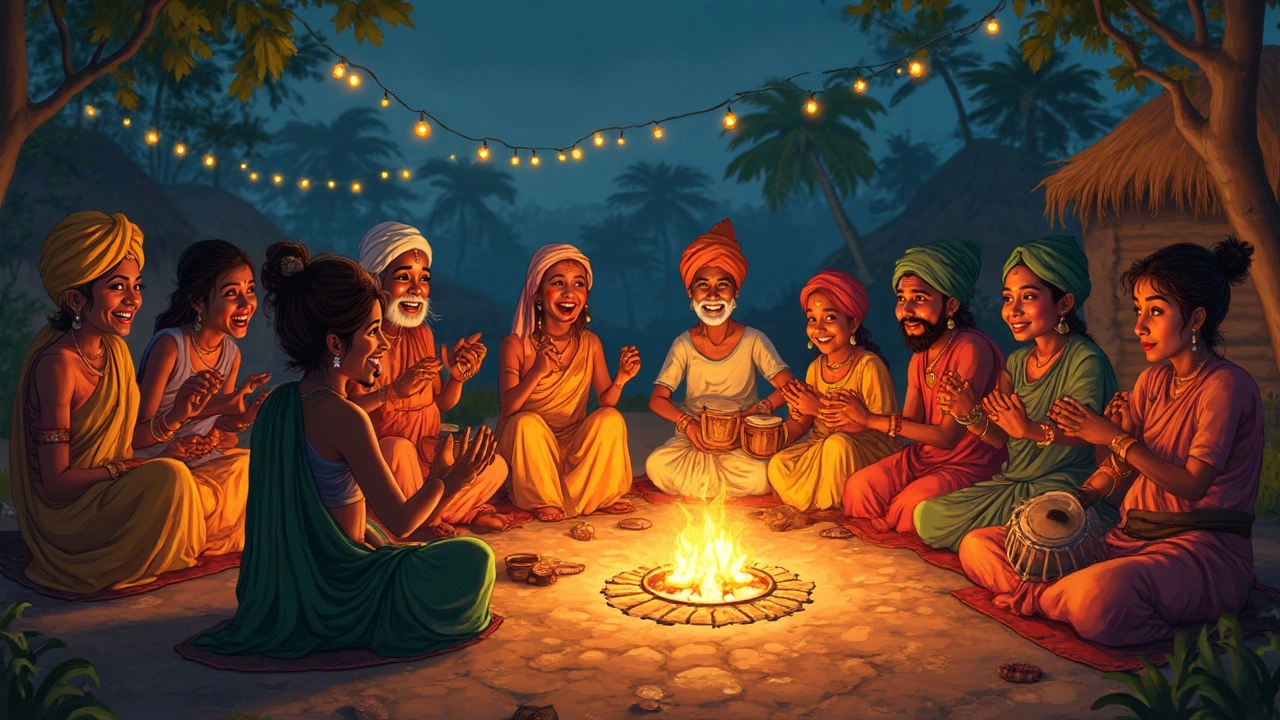Folk Music – India's Heartbeat Through Song
If you’ve ever heard a village celebration or a wedding where drums, flutes, and a chorus of voices fill the air, you’ve experienced folk music. It’s the sound of daily life, stories, and emotions passed down from generation to generation. Unlike pop tracks that chase trends, folk songs stay rooted in local language, customs, and the land that created them. In this guide we’ll break down what makes folk music special and point you to the best spots to hear it live.
What Makes Folk Music Unique?
First off, folk music is simple but powerful. The instruments are often homemade – a bamboo flute, a wooden drum, a single-stringed instrument called the ektara. The lyrics talk about love, harvest, war, and the occasional joke about a nearby neighbor. Because the songs are sung in regional dialects, they preserve words and phrases that might otherwise disappear.
One standout story is the oldest folk music in India. Researchers trace some tunes back over a thousand years, found in ancient temple carvings and oral traditions. Those melodies still echo in today’s festivals, showing how a simple beat can survive centuries. While modern producers remix folk beats for movies, the original versions stay untouched in remote villages, keeping the authenticity alive.
Where to Hear Authentic Indian Folk Tunes
Want to listen without traveling to a remote hamlet? Start with regional festivals. The Pushkar Camel Fair in Rajasthan, for instance, features Rajasthani desert songs that tell tales of travelers and traders. In Gujarat, the Navratri nights are filled with Garba and Dandiya rhythms that blend folk steps with community spirit.
If you prefer a city vibe, many cultural centers host folk nights. Look for events advertised as “Folk Music Evenings” in metros like Delhi, Mumbai, or Bangalore. These shows often invite village musicians to perform live, giving you a front‑row seat to authentic sounds without the long journey.
Online, platforms like YouTube and regional streaming apps have playlists titled “Traditional Indian Folk Songs.” Search for specific states – “Bengali Baul,” “Punjabi Dhola,” or “Tamil Nadu Villu Paatu” – to find collections curated by folk enthusiasts. Listening this way helps you connect with the music while supporting the artists who keep these traditions alive.
Finally, if you’re feeling adventurous, a short trip to a nearby village during a harvest season can be priceless. Bring a notebook, ask locals about the meaning behind a song, and you’ll walk away with stories that no article can fully capture. Folk music isn’t just background noise; it’s a living archive of India’s cultural fabric.
So next time you hear a simple drum beat or a melodic chant, remember it’s more than entertainment – it’s history, community, and a voice that has survived countless generations. Dive in, explore, and let the folk tunes add a new rhythm to your day.
